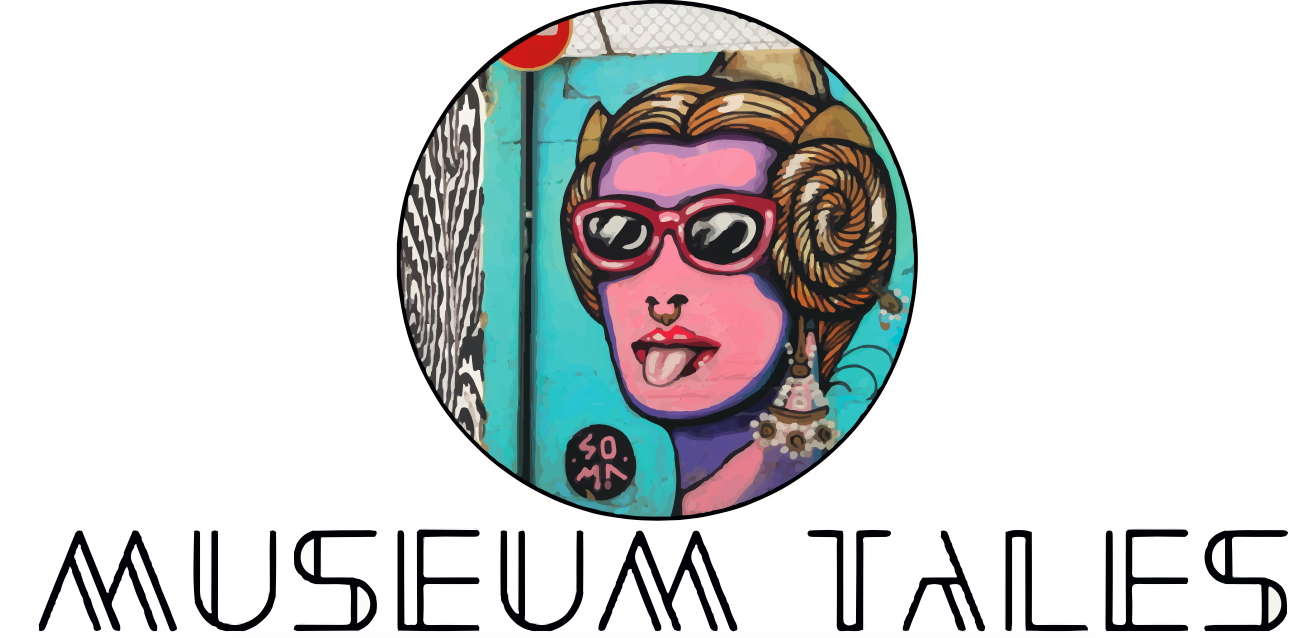©coop.co.uk
I am a little late, will you probably think! We all already know the Poke bowl very well, or, at least, we remember seeing it on the menu of certain restaurants, saying to ourselves “yeah, that sounds nice, maybe I’ll try next time”.
Well, did you know for example that it is pronounced « pokaï » and not « pokeh »? And whether that comes from « piece » or « cut » in Hawaiian? If so, too bad for me, I use the good old « better late than never ». If not, maybe these late lines can still bring their dose of new knowledge!
What are we talking about ? From this traditional Hawaiian dish that fishermen concocted themselves before leaving for the sea, made from the remains of their nets ( po.kaï ) and the condiments and fruits they had on hand. Everything was then salted… with seawater!

It is made traditionally of diced ‘aku (bluefin raw tuna), flavored with Hawaiian salt or directly from sea salt. Also come the ahi limu (seaweed) and nuts Kukui (a southern Asia tree, particularly prolific on the island of Hawaii) which will be ground, crushed then roasted, to give inamona . Finally, a mango, or any other sweet fruit comes to top it off. Here is a complete meal, nutritious, ecological and thrifty, to perfectly end a morning of fishing.
Note that there is no rice in the traditional recipe, the mixture already forming a rich meal.

And no, our beloved soy sauce isn’t part of the original formula either. It was later added, along with sesame seeds, thanks to the trade between various Asian ports, Japan, China and Thailand in particular.
The same goes for the very hipsterized quinoa which if it seems to go hand in hand with the « bowl », it is nothing typical.
Originally from Bolivia, Quinoa complements someone poke to perfection, but it only encountered Hawaii when the bowl trend spread in the Western World.
Described above, this would therefore be the recipe of the Hawaiian grandmother, while it is no longer rare at all to see the bowls garnished with avocado, rice, lentils, kimchi shrimp (Korean-fermented in a sweet and sour sauce), furikake salmon (salmon in a sesame and soy crust), miso tako (squid in sauce), pipikaula (fried beef), or edamame (soy beans), or even, like « bacalao » manner (fried cod in salt, Portuguese style) …
Today, the Poke Bowl represents the fusion of almost all continents in one dish.

Just like the “California rolls” (with less seaweed), the sweet soy sauce, or the beef-cheese skewers and cream-cheese makis (two inventions born out of the French passion for cheese), which have absolutely nothing traditional and which were later invented by Japanese expatriates, in order to satisfy Western tastes.
In short, since you can put everything in it, is it a mixed salad that comes from the Pacific?
Yes, but to make it more technical, regardless of the fish or the added foods, the Poke bowl is defined today by the diced raw fish, supplemented by vegetarian foods, including at least one fruit and without rice or additions of sauce (which must be presented separately, if the consumer really need their soy sauce).
In Hawaii, it’s common to find Poke Bowl instead of fast food stands. They are served from carts, by street vendors located near the beach.
Elsewhere, according to food historian Rachel Laudan, the current form of poke became popular around the 1970s. According to Vince Dixon, “From about 2012 onwards, poke has grown in popularity in the Americas. From 2014 to mid-2016, the number of Hawaiian restaurants on Foursquare, including those serving poke, doubled from 342 to 700. ”(“ Data Dive: Tracking the Poke Trend ”, 2016).

The poke was the same culinary and linguistic backgrounds than other Polynesian fish salads such as the Oka on Samoa, the ‘ika mata inthe Cook Islands, or kokoda in Fiji.
Its cousins, Korean hoe-deopbap, Japanese chirashi, and Peruvian ceviche also have raw fish as their base, but the cut differs (thin slices and not diced), as does the choice of seasoning (sour or soy), and the fish chosen (sea bream or salmon).
Also, as the bluefin tuna is an endangered species, it is recommended by our good conscience to prefer other fish such as salmon, sea bream, cod, swordfish or even squid.
Nb . Not to be confused with the famous PokeBall which is the sphere of the famous Pokemon video games and television series , and which serves as a cage for creatures straight out of the Japanese imagination.

Sources :
- https://www.chowhound.com/food-news/205765/heres-the-history-behind-the-trendy-poke-bowl/
- https://www.20minutos.es/noticia/3519219/0/poke-bowl-que-es-cual-es-origen/
- Vince Dixon, « Data Dive: Tracking the Poke Trend », Eater, 14 septembre 2016.
- Hadrien Schmeling, expert (en beaucoup de choses).


That’s so true! Alot of food is now cool because it’s hipsterized
J’aimeAimé par 1 personne